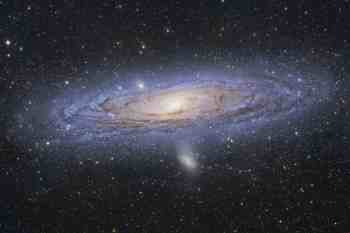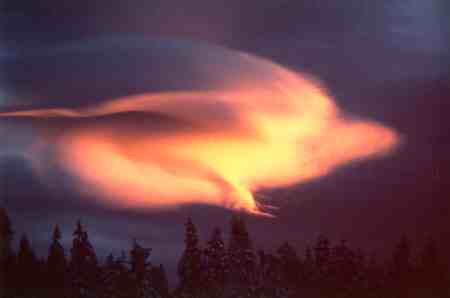|
|
||||||||||||||||||||||||||||||||||||
|
.
|
Our
Guide to: Conserving the potential of our prime symbols The joys in acceptance of
stewardship/change
Most of us like to think we act as good stewards and that we know well that change exists. Indeed the suggestion might not be quite true tends to irritate us for many reasons. And many of us can quote by rote the Conservation Principle of Energy, “ Energy cannot be created or destroyed; it can only be transformed from one state to another.” But do we really believe it? Living the Principle is an entirely different matter and our failure to live what we know is manifest in our language. Our symbol use reveals we commonly deny the Conservation Principle. How so? If we understand that energy is the potential of
the universe(s), then the Conservation Principle suggests energy is so
bounteous it can be usefully considered a constant. Compare this vision
with the common beliefs in “energy crises”, “energy failures”,
"energy losses" “energy shortages” and the need and ability of humans to “conserve
energy” and generate “sustainable energy”. If we understand energy continually transforms, then the Conservation Principle suggests energy is change; energy is action. The universe(s) is flux. This is inconvenient for us because elements of our
ego cannot tolerate the notion that we are mortal beings amidst the
flux. For this reason our ego attempts to distance and disconnect us
from the reality of change. Therein is the basis of psychosis. Our ego
also attempts to distance us and deny the universal change because
implicit in our involvement is our roles as stewards in the
transformation. Therein is the basis of psychopathy. If we understand energy is manifest in myriad forms then the Conservation Principle suggests energy is variety and hope. Unimagined resources and options exist. It is common practice to confuse energy with a limited group
of forms (e.g. mineral oil, coal, electrical products etc) and to deny
the myriad states possible (e.g. confusing warming = no temperature
change with warming up =temperature change.) It is also common practice to
confuse energy forms and states with perspectives of energy such as
kinetic energy and thermal energy. This confusion blinds us to wondrous variety and
change, which is energy. Summary of how to enjoy greater awe, hope and wonderA form cannot be known if we have no symbol for it. Be alert to our tendency to generalise our use of a symbol. Be especially alert to our tendency to symbolise individual forms as energy and power, for we thus lose our vision of the myriad forms that can exist. Give each form a unique symbol reflecting its unique properties. Example: know water clouds exist in many forms such
as cirrus cumulus and stratus and variations of these such as nimbus and
floccus. Know water exists in different states symbolised as solid,
liquid and gas to different degrees in each cloud form. We can observe
each cloud from a wide range of perspectives, including thermal,
gravitational, electromagnetic, kinetic and chemical viewpoints. Thus we
can better reflect and enjoy harmony with the wondrous activity, which
is our atmosphere.
See 100 more cloud forms at Cloudman's gallery Be open to differing viewpoints for each vantage offers
unique meaning and together those viewpoints enable meaning beyond the
imagination of any individual. Understand any object can be known from
its thermal, gravitational, electromagnetic, kinetic and chemical
potentials and each of these perspectives reframe the object like a
kaleidoscope alters our vision of light. The kinetic energy of the
object does not transform into thermal energy so much as the kinetic and
thermal states change. Everything constantly changes state relative to
everything else.
Page last updated: July 2010
|
. |
||||||||||||||||||||||||||||||||||
| . | ||||||||||||||||||||||||||||||||||||
| . | ||||||||||||||||||||||||||||||||||||


